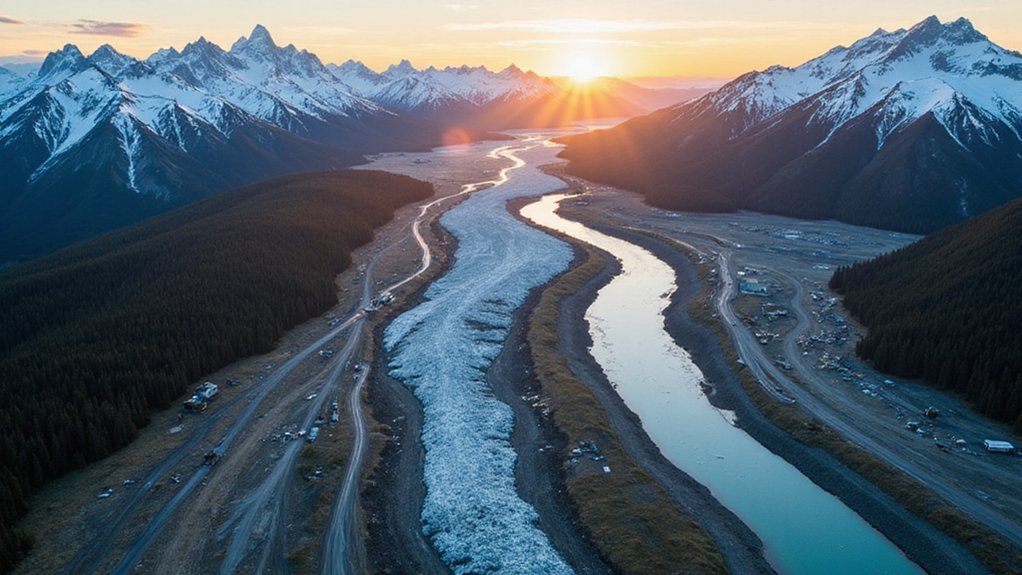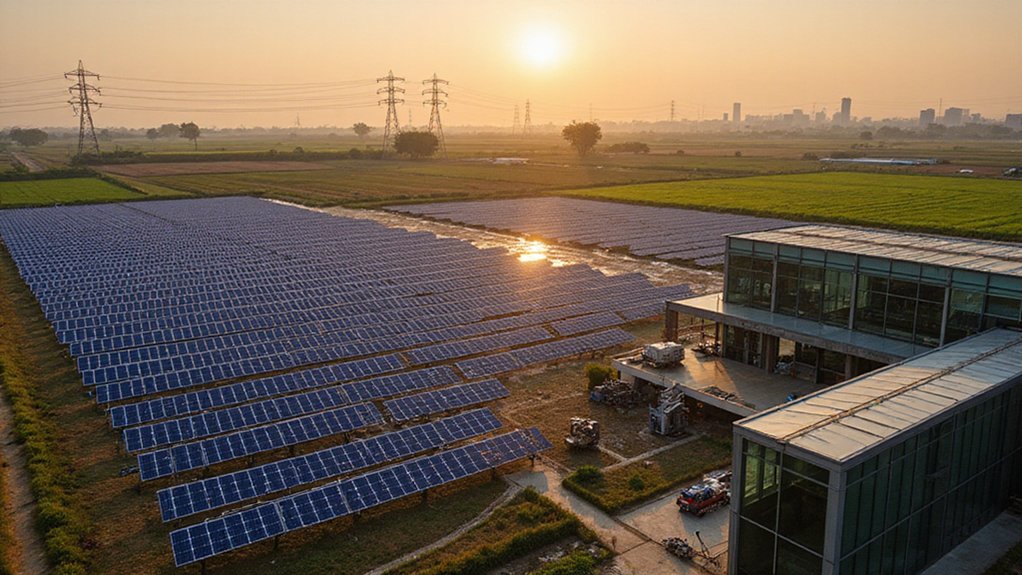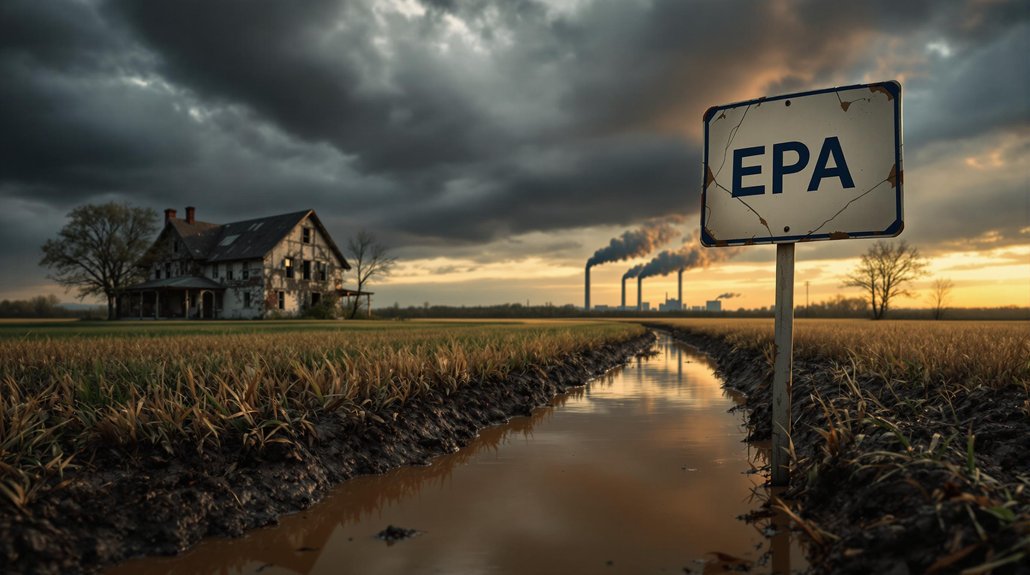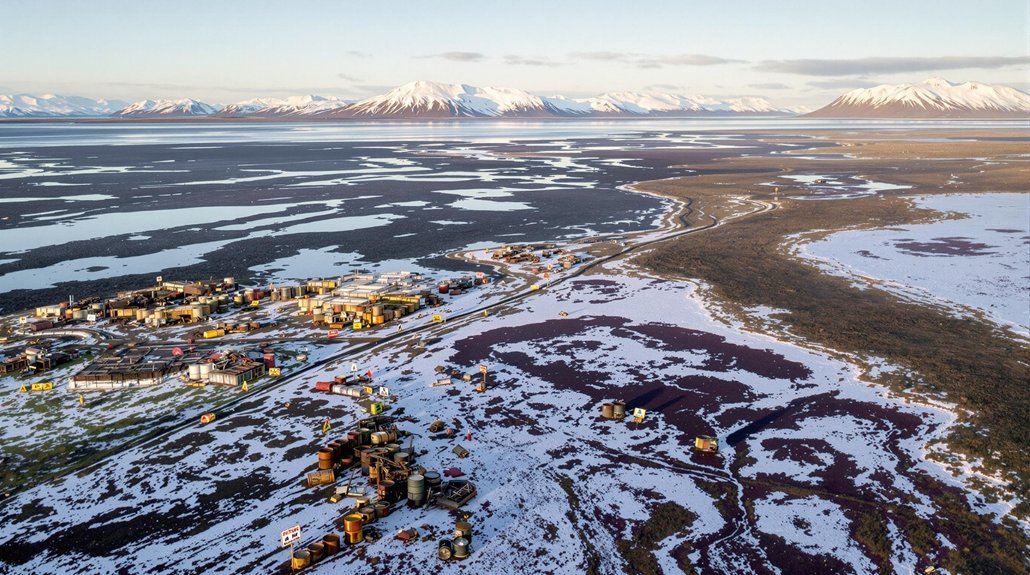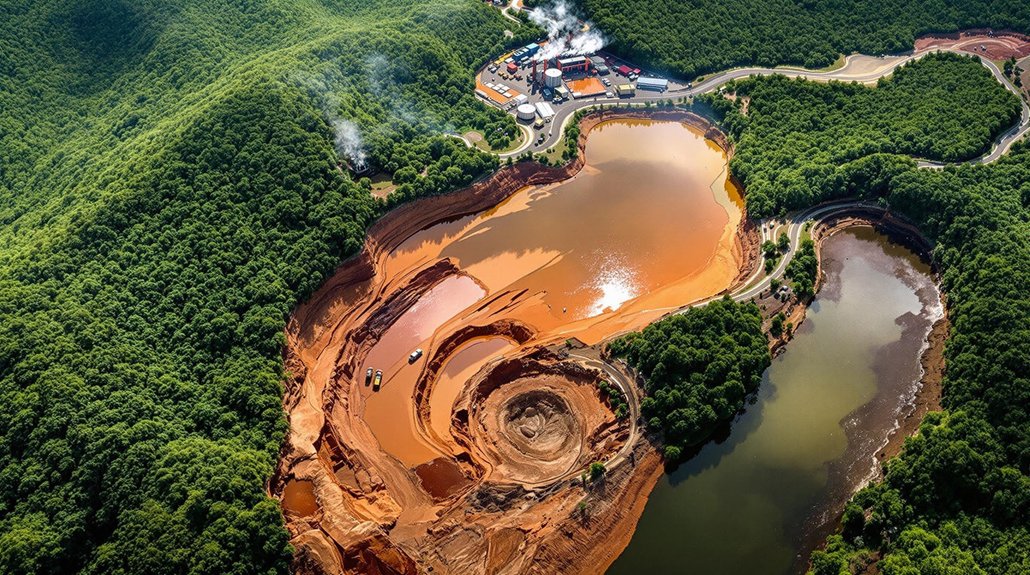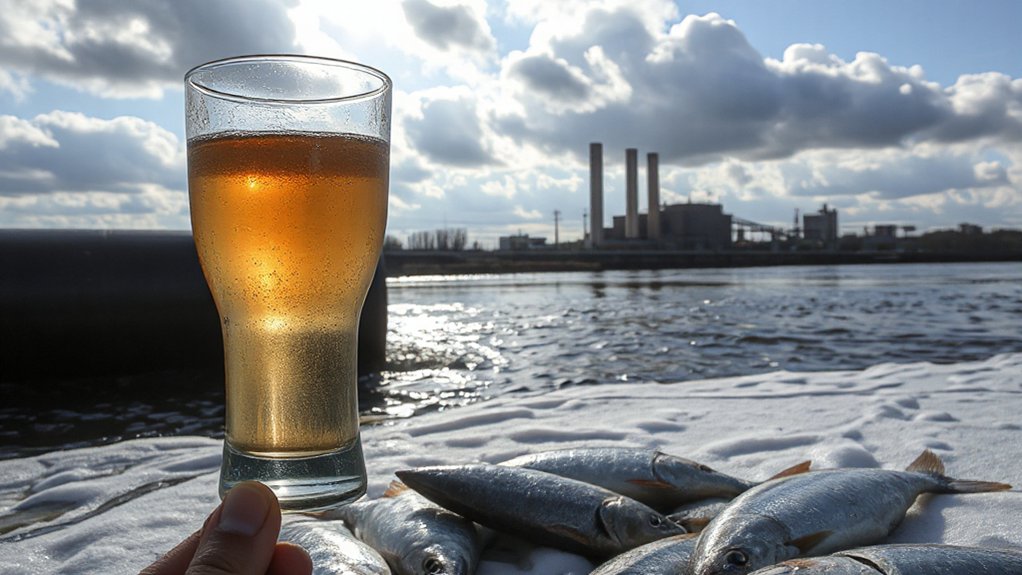Alaska’s resource battles have intensified during Trump’s second term. His administration has reversed environmental protections and fast-tracked permits for oil, gas, and mining projects. Alaska’s vast copper deposits and rare earth minerals are key targets. While supporters promise jobs and prosperity, critics warn of ecological damage in a state warming four times faster than average. Indigenous communities fear threats to their traditional ways of life. The conflict between development dreams and environmental realities continues to unfold.
Why is Alaska becoming the latest battleground in America’s resource wars? The nation’s northernmost state sits on vast untapped reserves of energy, minerals, timber, and seafood. Now, sweeping policy changes aim to release these resources at an unprecedented pace.
The Trump administration has issued executive orders reversing more than 78 environmental and subsistence protections established by the previous government. Federal agencies must now use their full authority to advance development projects across Alaska’s federal and state lands.
Oil and gas extraction stands at the center of these efforts. Officials are pushing to open more public lands for drilling, despite Alaska North Slope oil prices dropping about 10% since the start of Trump’s second term. Liquefied natural gas projects, especially those targeting exports to Pacific nations, have become a priority.
Mining interests also stand to gain. New directives seek to open more lands for hardrock mining while limiting federal review procedures. Alaska’s mineral potential is framed as crucial for national supply chains, especially for rare earth elements and strategic metals. The Pebble deposit in Southwest Alaska has been identified as the world’s largest undeveloped copper deposit, encompassing significant amounts of gold, molybdenum, and silver.
These changes haven’t come without opposition. Environmental groups point out that Alaska is warming four times faster than the global average, making it especially vulnerable to ecological disruptions. Climate advocates argue the new agenda ignores both science and the needs of Indigenous communities who depend on healthy lands and waters. The administration’s push for expedited environmental reviews has reduced the permit processing time to just 28 days for many projects. Hydropower expansion threatens to cause Indigenous displacement as dam construction often results in flooding of traditional lands and cultural sites.
The economic picture remains complex. While proponents claim these policies will create jobs and prosperity, critics suggest the benefits will flow mainly to industry and select stakeholders rather than average Alaskans.
Legal challenges from conservation and subsistence organizations are expected as permits for resource projects receive expedited processing. The administration frames these efforts as increasing state sovereignty and reducing bureaucratic barriers, but opponents see them as threatening habitats and traditional ways of life in America’s last frontier.
References
- https://www.whitehouse.gov/presidential-actions/2025/01/unleashing-alaskas-extraordinary-resource-potential/
- https://www.doi.gov/pressreleases/interior-secretary-takes-steps-unleash-alaskas-extraordinary-resource-potential
- https://alaskapublic.org/news/politics/2025-05-02/10-ways-trump-has-changed-alaska-in-100-days
- https://northerndynastyminerals.com/news/news-releases/2025/northern-dynasty-president-trump-signs-executive-order-to-increase-americas-mineral-production/
- https://earthjustice.org/press/2025/earthjustice-statement-day-one-agenda-from-the-trump-administration-prioritizes-extractive-industries-above-all-else-in-alaska
